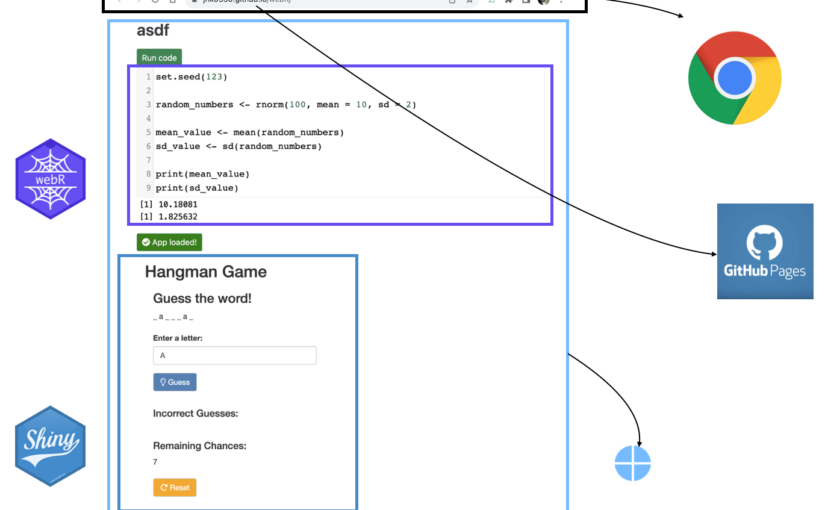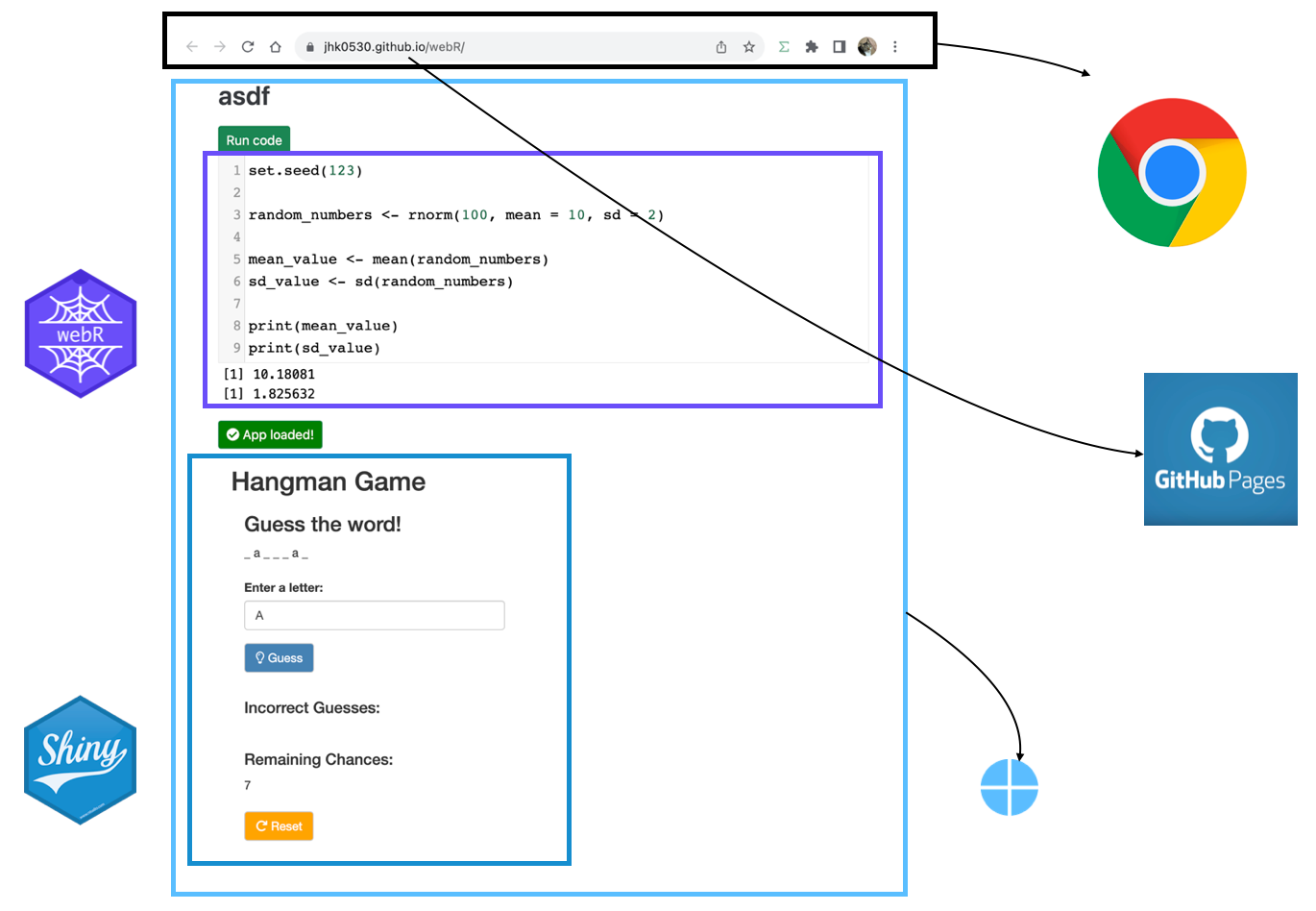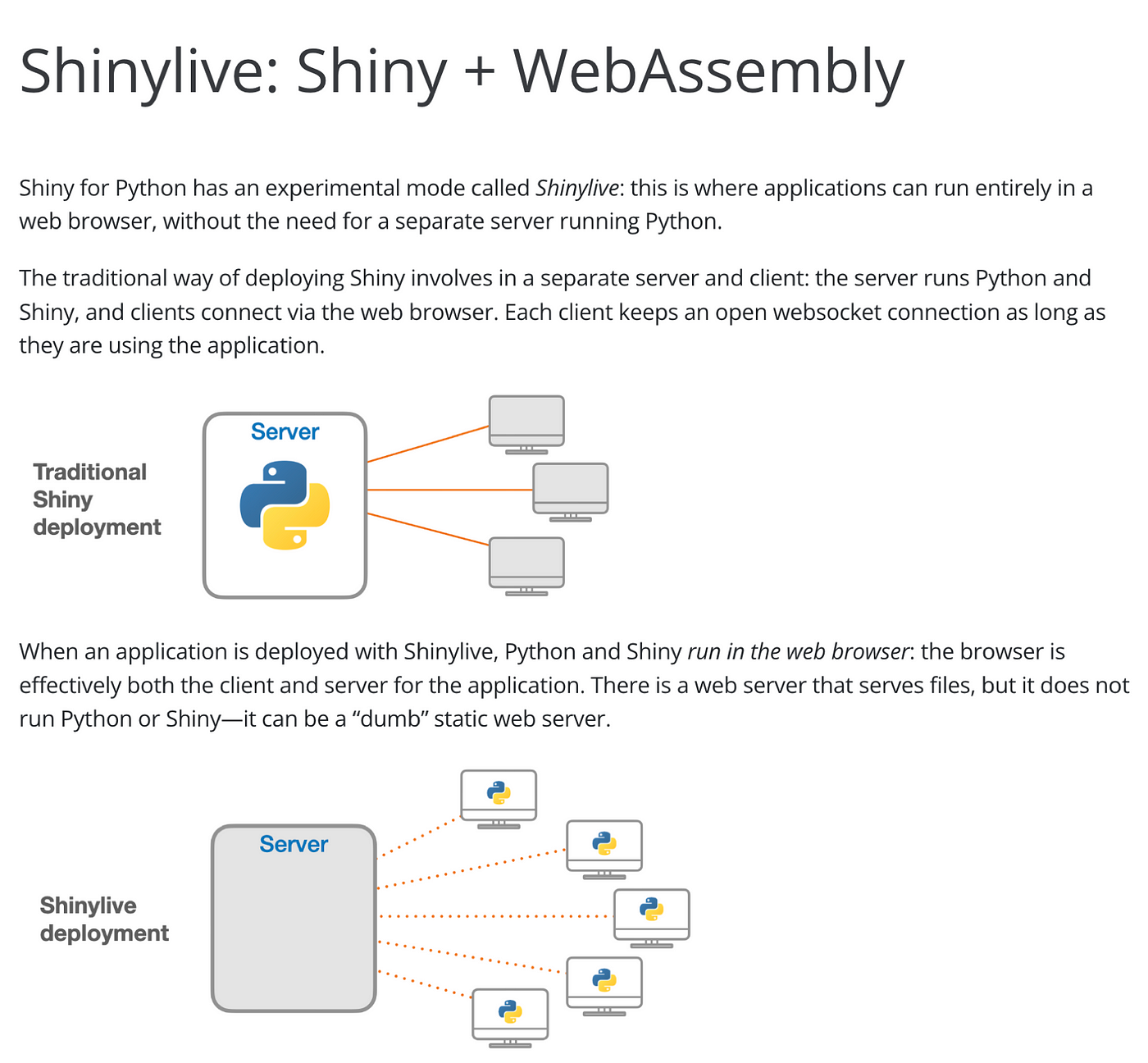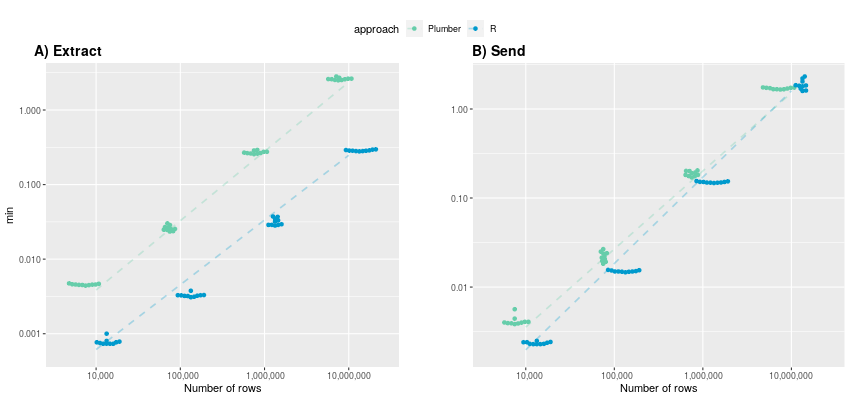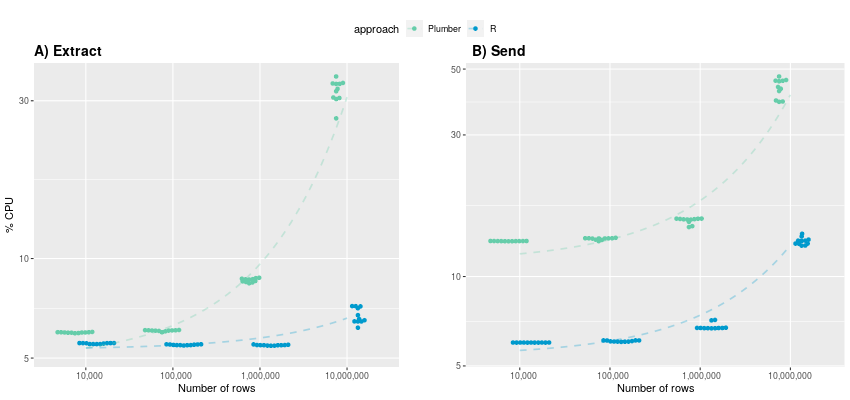Access DataCamp’s entire platform for free until September 3, 11.59 PM EST!
This one-time deal covers all 440+ data and AI courses. No catch, no credit card required—just unlimited learning for anyone with internet access.
What is Free Access Week?
Free week is exactly that, a free week to explore all of DataCamp’s features for zero cost.
Until September 3, 11.59 PM EST anyone can access DataCamp Premium features with a free DataCamp account. All courses, products, and features are available in the browser, so you don’t need any additional software to access DataCamp.
Don’t have an account? Sign up here and start using DataCamp immediately.
There has never been a better time to start learning data and AI
The proliferation of Generative AI has sharpened the need for data and AI skills in the modern world.
Whether you’re looking to learn or develop your R programming skills, take your first steps with ChatGPT, or you’re a business leader looking to upskill your team to improve data-driven decision-making—Free Access Week is available to everyone.
What can you access during Free Week?
Everything. Here’s an overview of what you get as part of Free Access Week:
- 440+ interactive data and AI courses; including Introductions to R, ChatGPT, Python, SQL, and more. Alongside, advanced courses in MLOps, deep learning, image processing, and much more.
- Challenge yourself with skill and career tracks; including the highly popular, full-circle R Programming skills track, start from zero and work your way through tailored learning paths to master some of the world’s most in-demand technologies.
- Access 100+ real-life projects, 20+ assessments to benchmark your skills, and more—all designed to help you learn new skills quickly.
- Prove yourself with Forbes’ #1 ranked data certification program. Available at Associate and Professional levels, verify your skills as a Data Scientist or Data Analyst (Associate or Professional), or Data Engineer (Associate).
Unlimited world-class education
Gain unlimited access to DataCamp’s entire learning library.
Brand-new AI curriculum
Go from zero to leveraging AI in your workflows in just a few hours of learning.
At DataCamp, our mission is to democratize data and AI skills for everyone. In collaboration with experts from Google, Microsoft, and Duolingo, they’ve developed an AI curriculum to empower more learners to harness the power of AI in their daily lives.
Whether you invest in the 10-hour AI Fundamentals Track or jump into individual courses such as Introduction to ChatGPT, Generative AI Concept, or Understanding Machine Learning, DataCamp’s interactive learning and bite-sized exercises make mastering new skills a breeze.
Dive into data science learning for all levels
DataCamp is for everyone: whether you have no prior data skills or you’re proficient in multiple programming languages.
If you’re looking for a starting point, check out our interactive course list below to give you a glimpse into our comprehensive course library:
Beginners courses:
- Introduction to Data
- Introduction to Power BI
- Introduction to Tableau
- Introduction to Python
- Introduction to R
- Introduction to Excel
- Introduction to SQL
- Data Visualization for Everyone
- Data Science for Everyone
- Introduction to Relational Databases in SQL
Intermediate courses
- Introduction to Data Warehousing
- Introduction to Docker
- Creating Dashboards with shinydashboard
- Python Data Science Toolbox (Part 1 and 2)
- Data Modeling in Power BI
- Writing Efficient R Code
Advanced courses
- Intermediate Data Modeling
- Image Processing in Python
- Data-Driven Decision-Making in SQL
- Ensemble Methods in Python
- Introduction to Bash Scripting
- Introduction to Scala
- Introduction to Airflow with Python
Projects to test your skills in real-world scenarios:
Beginner:
Intermediate:
Advanced:
- Naïve Bees: Image Loading and Processing
- Naïve Bees: Deep Learning with Images
- Naïve Bees: Predict Species with Images
Take advantage of this one-time deal to test your skills on a world-class learning platform before the window shuts!
